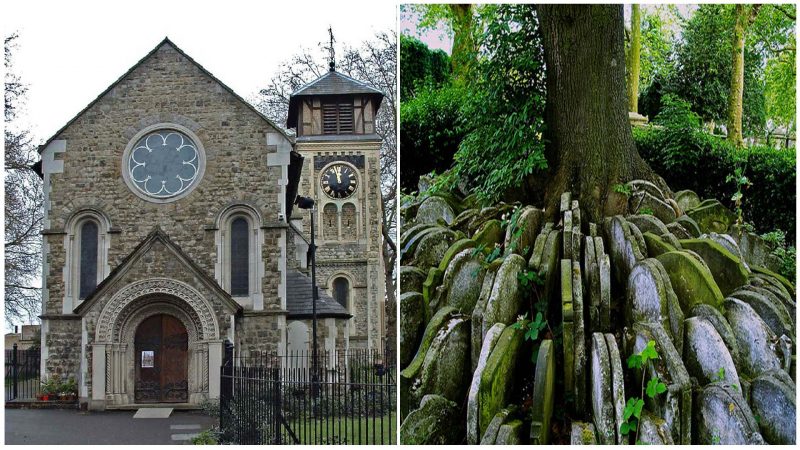St Pancras Old Church is a Church of England parish church in Somers Town, central London.
It is believed that it is one of the oldest sites of Christian worship in England.
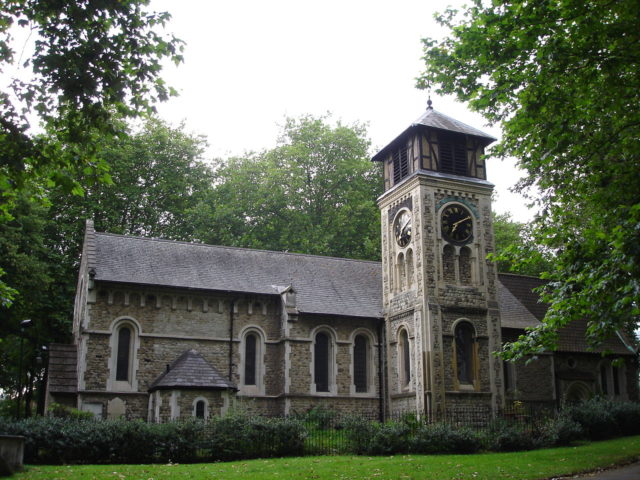
The Church was dedicated to the Roman martyr Saint Pancras and it was largely rebuilt in the Victorian era.
The church traces its history at least as far back as the Norman Conquest.
It is considered by some to have existed since AD 314 but there are no archaeological evidence to support this.
Before the St Pancras New Church was built a little over half a mile away on the south side of Euston Road in 1822, the old church was simply known as St Pancras Church.
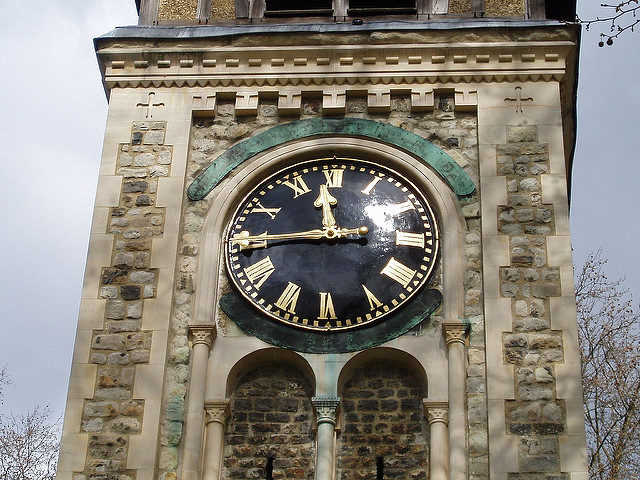
In the Middle Ages, there was a center of population in the vicinity of what is now known as the old church.
But in the 14th-century people abandoned the church and moved to Kentish Town.
The reasons for this were the vulnerability of the plain around the church to flooding.
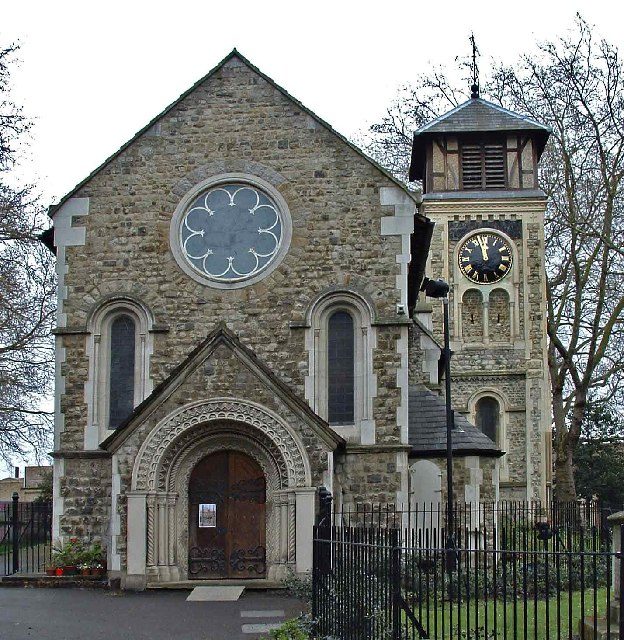
During the 18th and 19th century, St Pancras was famous for its cemeteries.
The graveyard served not only as a burial place for the parishioners, but also for Roman Catholics from all around London.
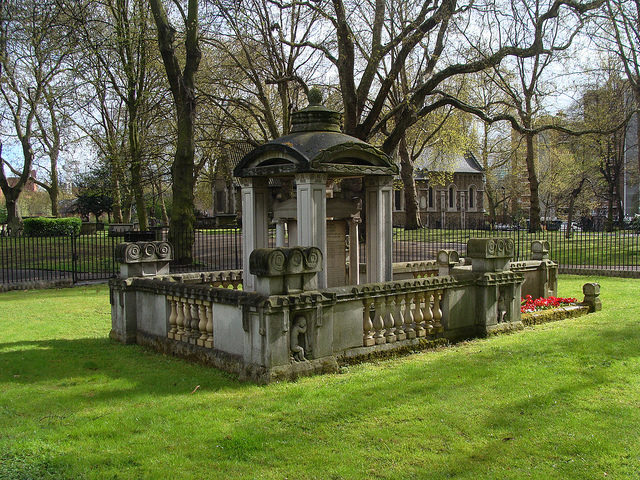
Many notable people were buried here including Johann Christian Bach, Joseph Wall, who was executed for cruelty in 1802, the vampire writer John Polidori, and the sculptor John Flaxman.
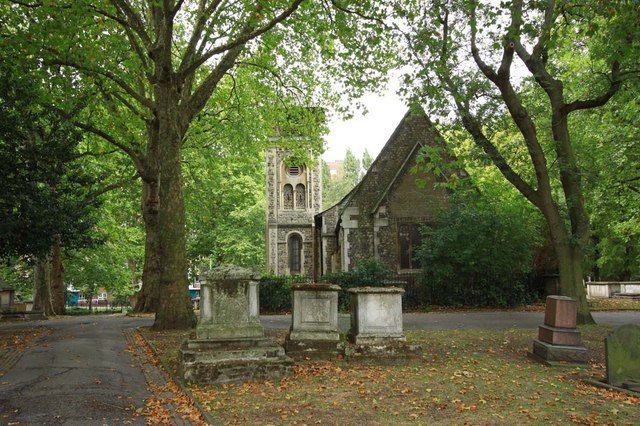
The churchyard is managed by the London Borough of Camden which is the largest green space in the locality.
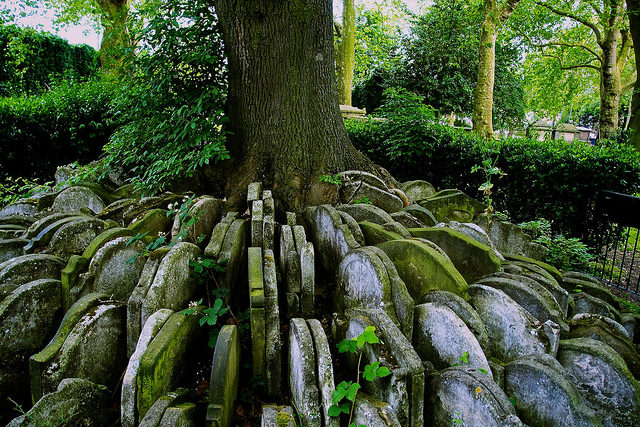
The graveyards were left alone for over thirty years until the building of the Midland Railway required the removal of many of the graves.
One of the best-known graveyards in England is the Hardy Tree.
Thomas Hardy was involved in the building of the Railway and he placed a number of removed gravestones around a tree.
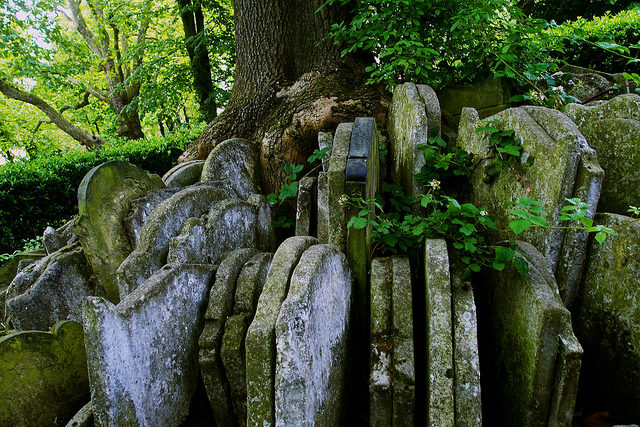
In 1847, the old church was restored by architect Alexander Dick Gough.
The old tower was removed and a new one was built on the south side.
The whole exterior of the church was refaced.
